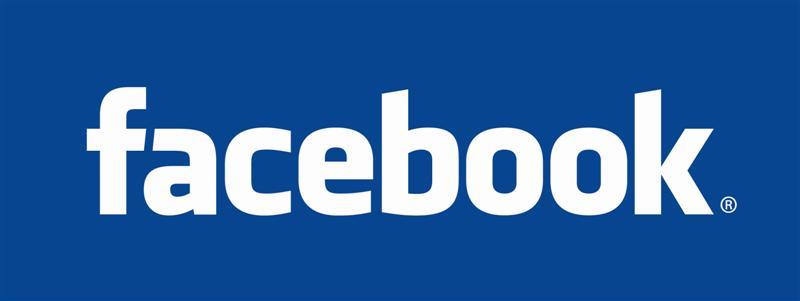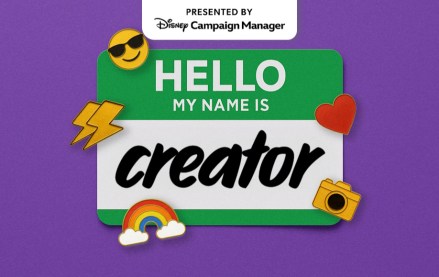Join us Oct. 15-17 in Phoenix to connect with top media buyers

The billion-dollar question for Facebook is just how effective advertising there is. Brands have rushed onto the social platform — there are 900 million users after all — but Facebook’s ad products aren’t exactly the new 30-second spot. General Motors fueled the debate further by publicly turning its back on ad spending there.
The truth is in the numbers, of course. Comscore examined ad campaigns for Starbucks and Target and found a “statistically significant” improvement in purchasing behavior in stores after people were exposed to promotional content on the social network. Comscore found that even people who weren’t fans of the brand, but friends with people who were, also increased purchasing behavior of the brand. The study seems to represent the golden ideal of advertising: paid, earned, owned media across a wide network of consumers to increase both brand awareness and purchases. GigaOm’s Matthew Ingram has more.
One of the comScore study’s conclusions seems to be aimed directly at this idea — and also at critics who question whether Facebook’s paid ads are effective when the click-through rates on them are so low (even lower than the rates on generic web advertising). The report notes that an analysis of the data showed “statistically significant” increases in both online and in-store purchasing for a major retailer after exposure to display ads, despite the lack of clicks, and that this “highlights the importance of using view-through display ad effectiveness in a medium where click-through rates are known to be lower than average.” One thing the study also reinforces is just how much advertisers are betting on Facebook: according to comScore’s analysis, more than 15 percent of all U.S. online display ads were “socially enabled,” meaning they contained a message asking viewers to “like” or follow the brand or the campaign on Facebook. That’s almost double the number of ads that contained those kinds of messages in November of last year, the report said. That kind of bet is what drove Salesforce to spend close to a billion dollars to buy Buddy Media, which specializes in managing Facebook pages and social campaigns.
Read the rest of the article at Giga Om. Follow Mathew Ingram on Twitter at @mathewi.
More in Media

Media Briefing: From blocking to licensing, publishers inch toward leverage with AI
There are new levers for publishers to test in the AI era. While they’re still far from holding the upper hand, compared to a year ago, the outlook no longer looks quite so bleak.

Mitigating ‘Google risk’: The Independent maps four-pillar growth plan for the AI era
The Independent has built its growth strategy around the “blue links risk” and has stopped measuring its success by audience reach.

Advertising Week Briefing: Creators emerge as the industry’s new power brokers
Advertising Week has had creator-focused content tracks in past years, but the rising presence of content creators at this year’s event represents an evolution in how creators are engaging with advertisers, both at industry conferences like Advertising Week and in general.





